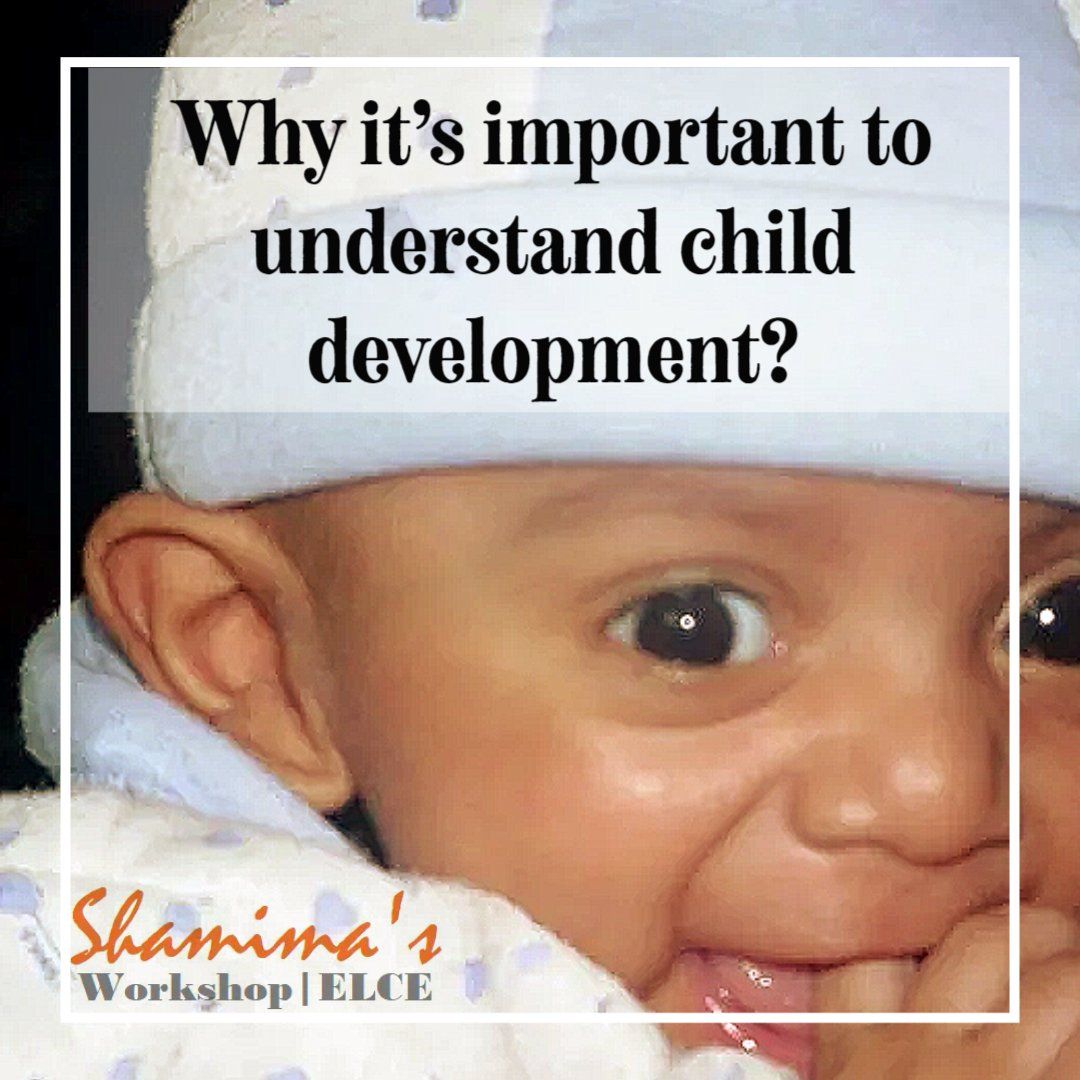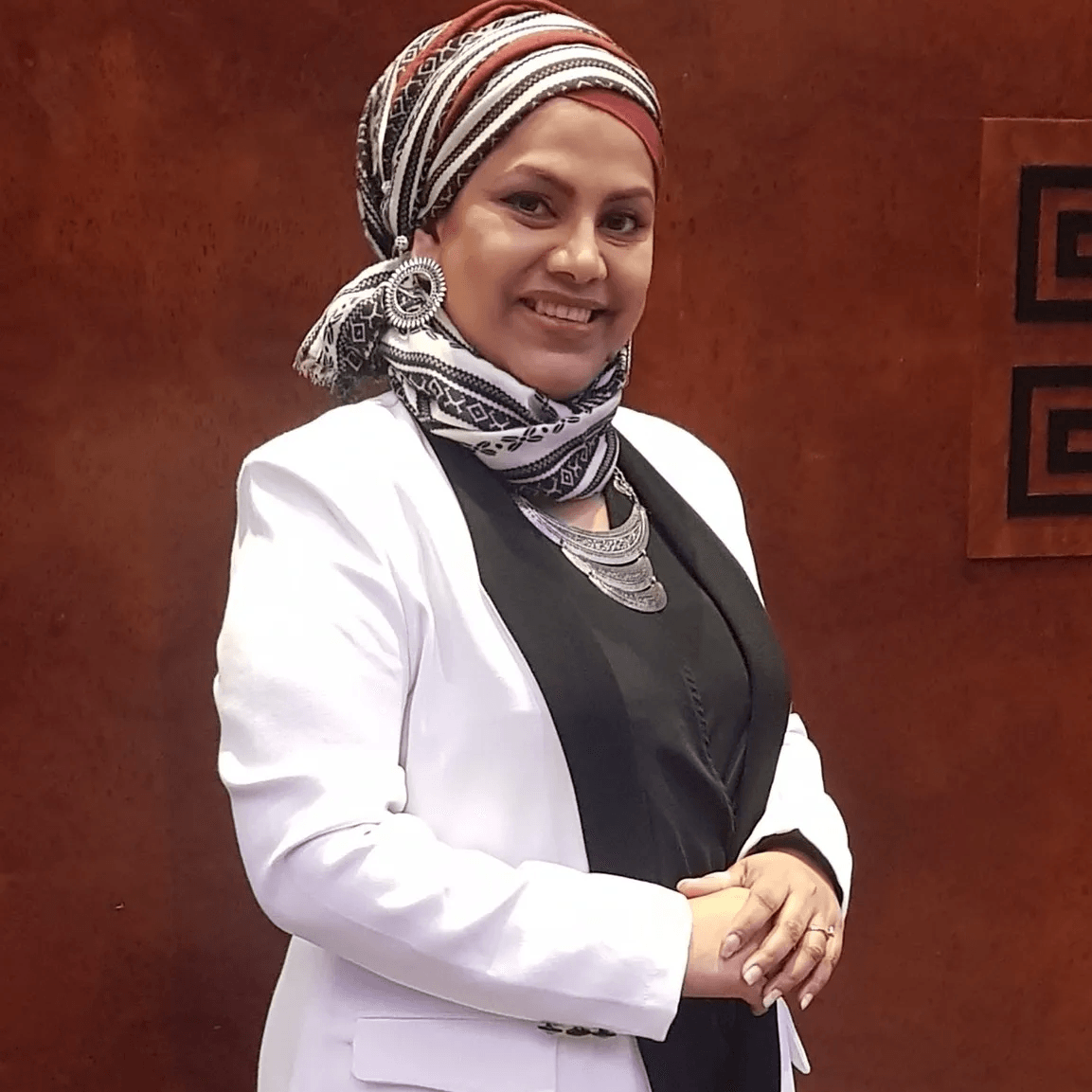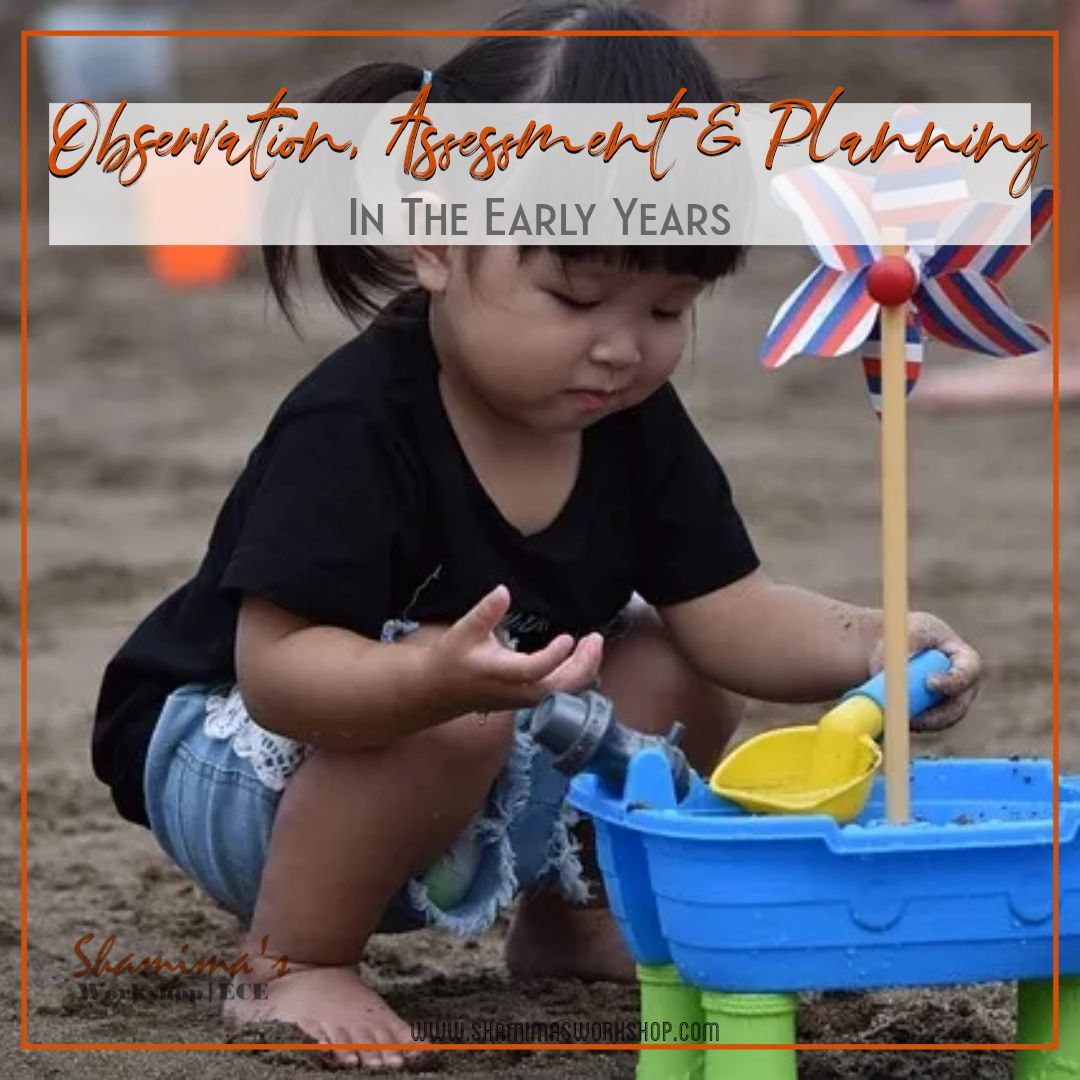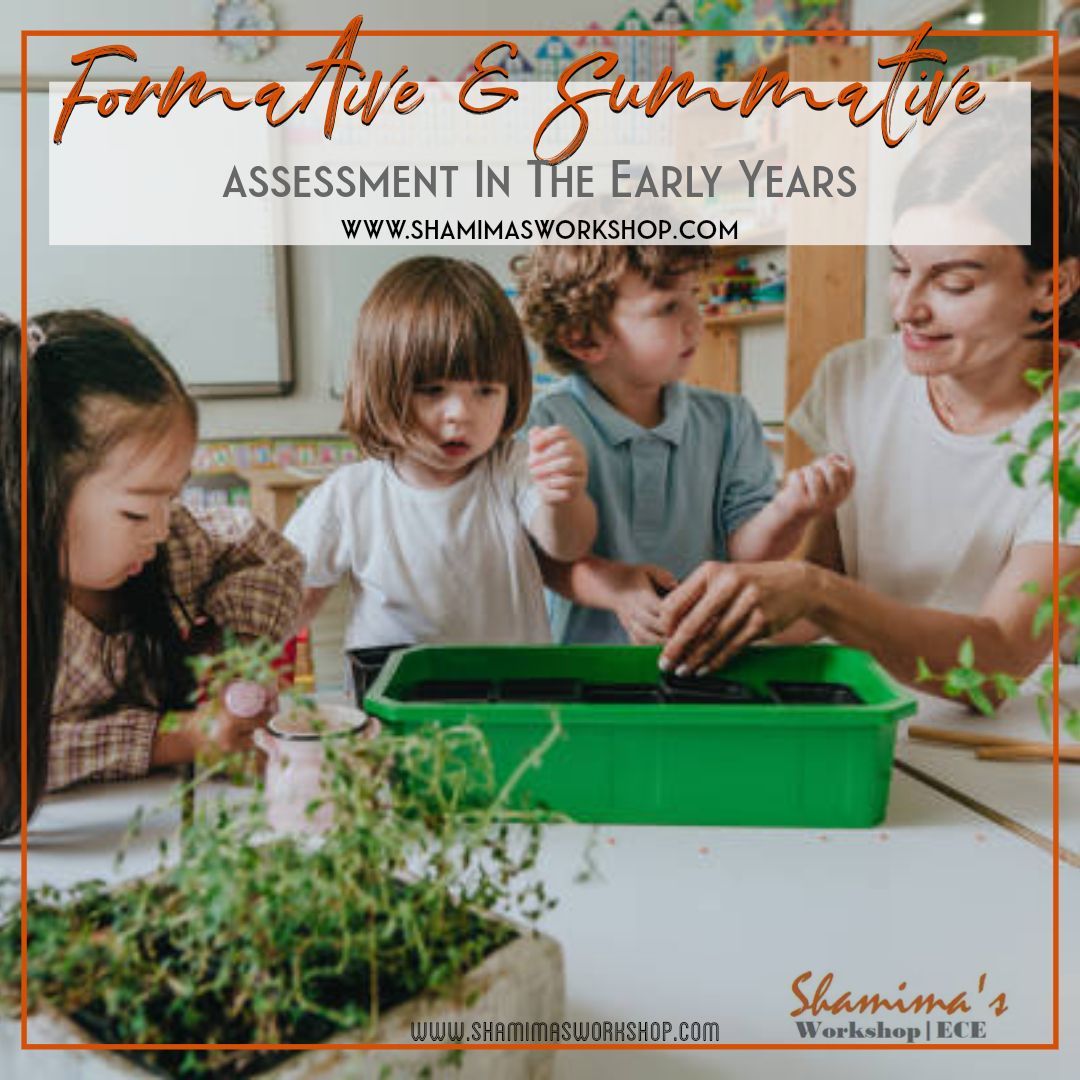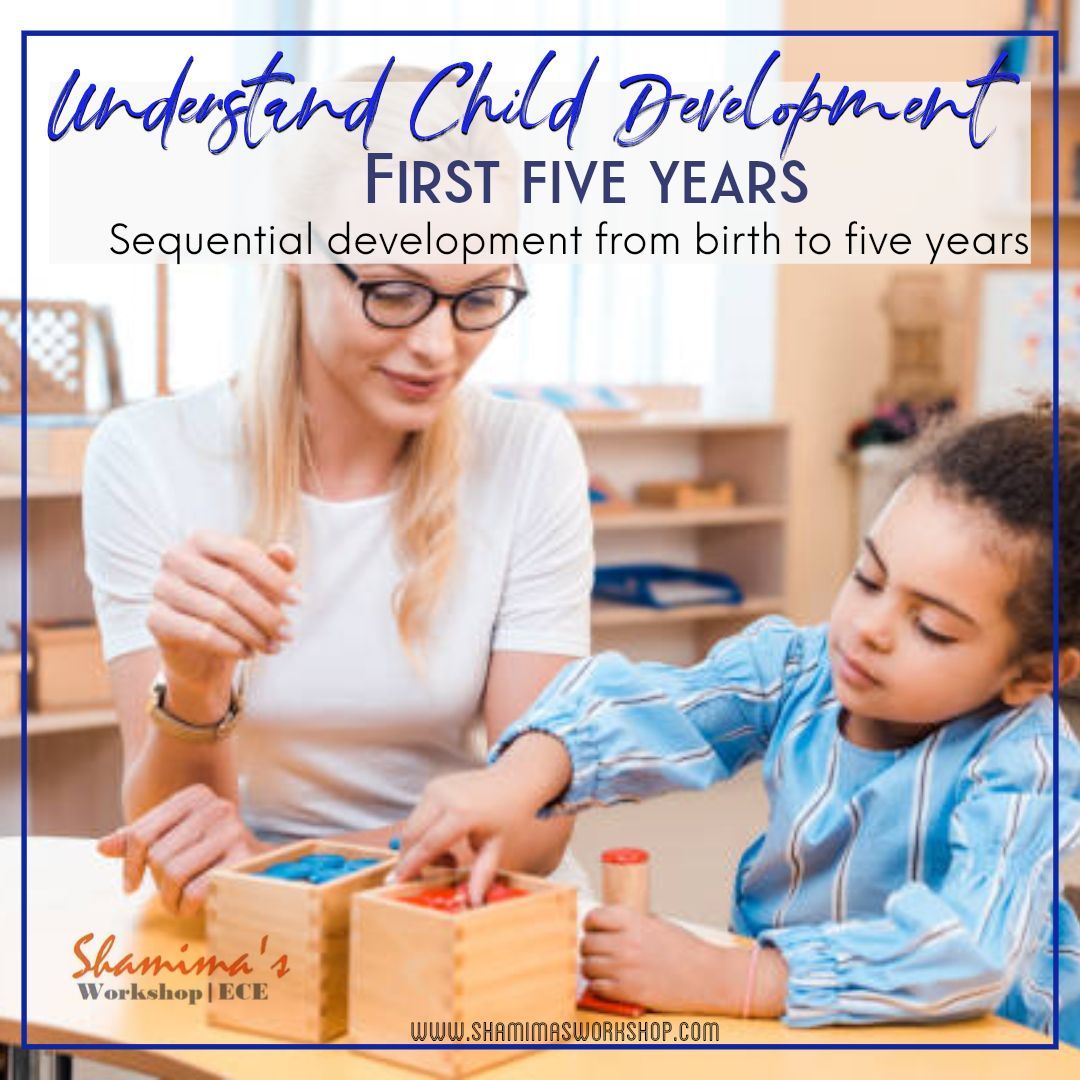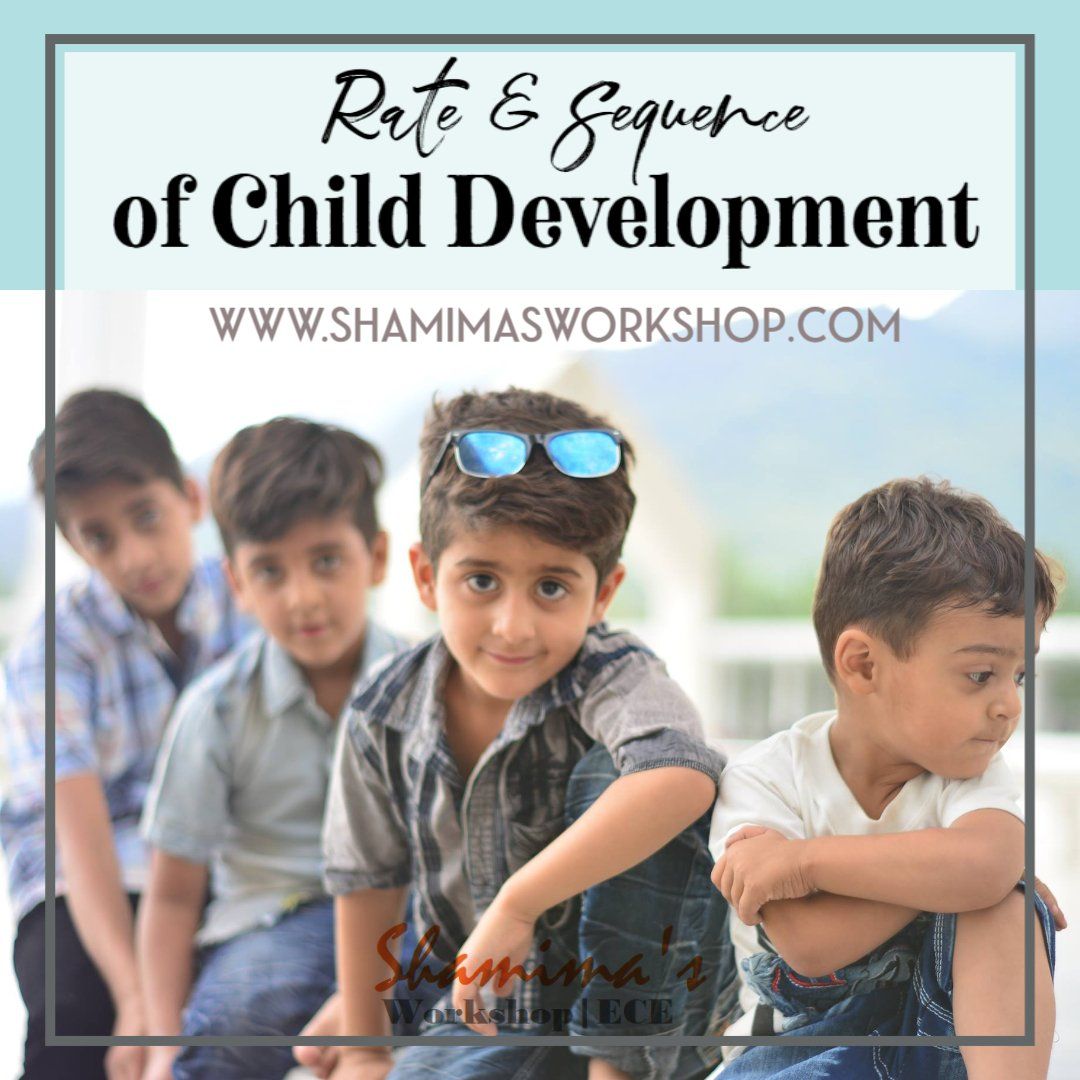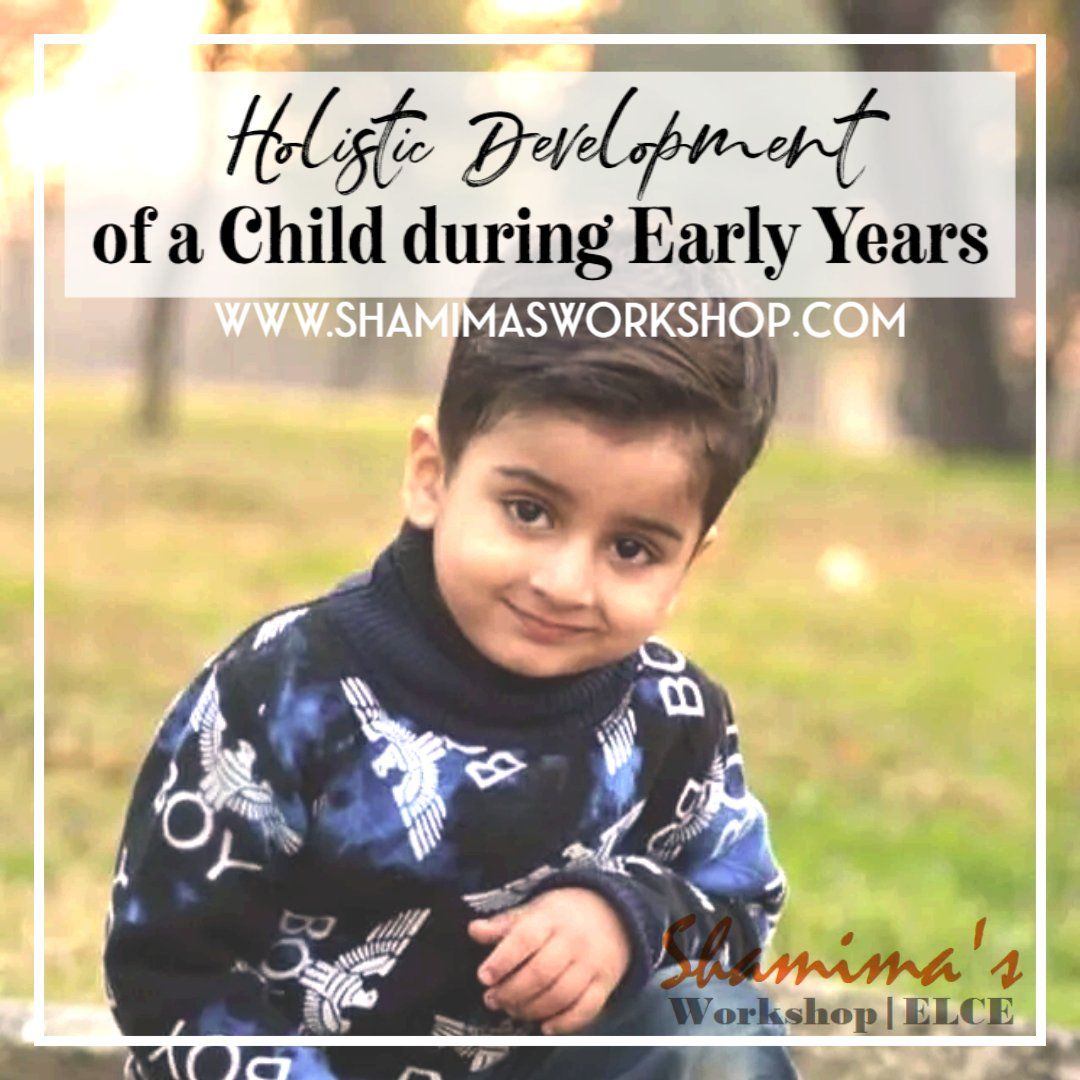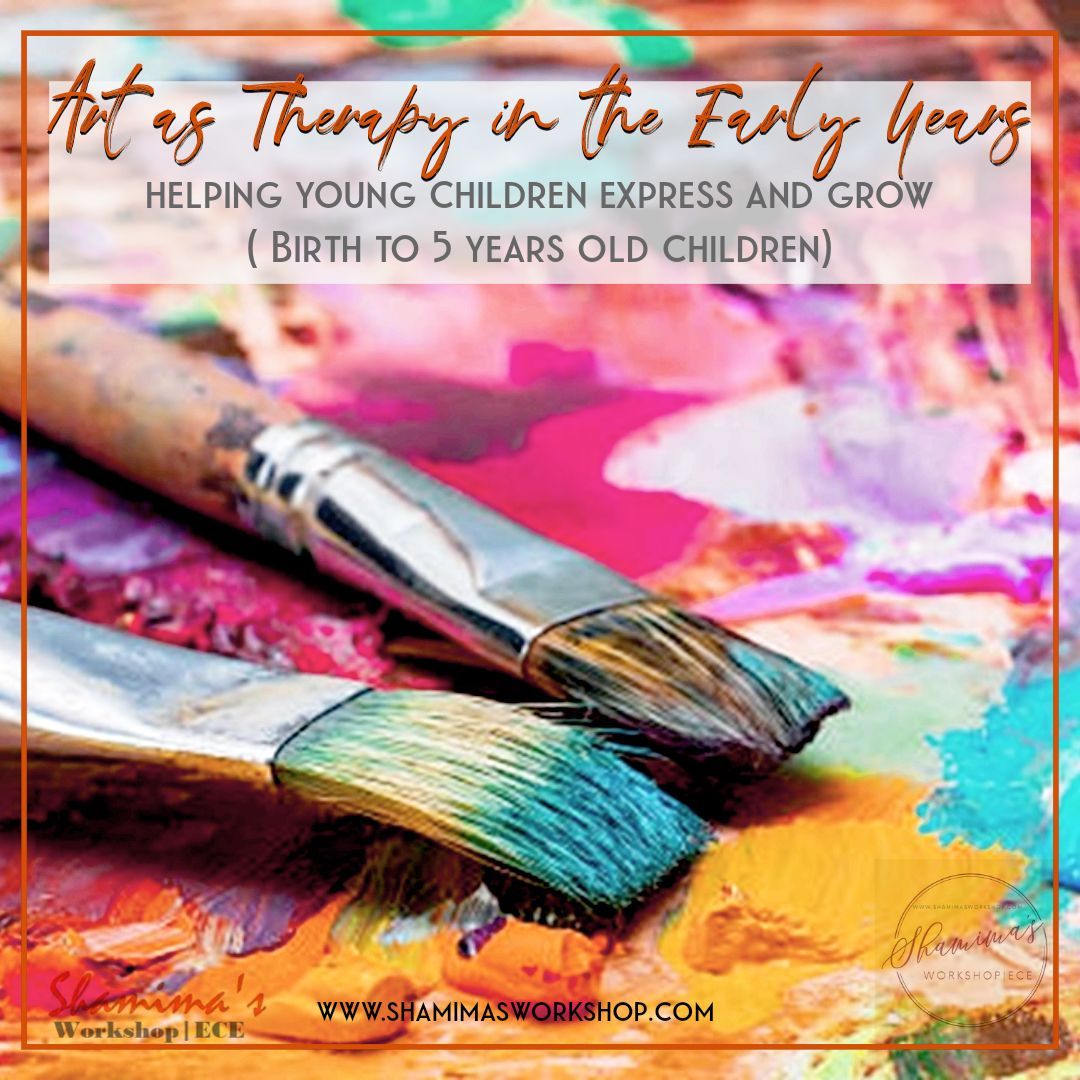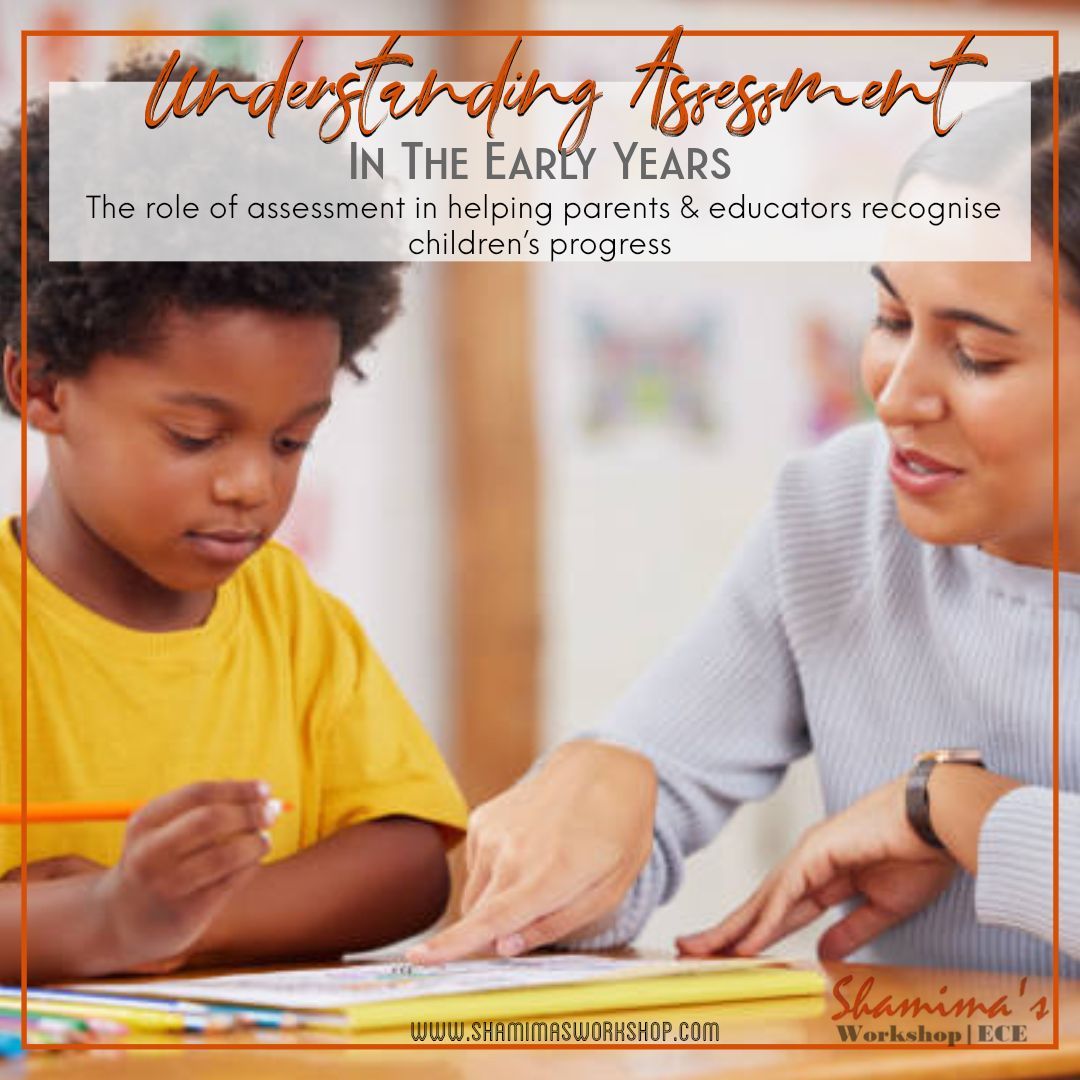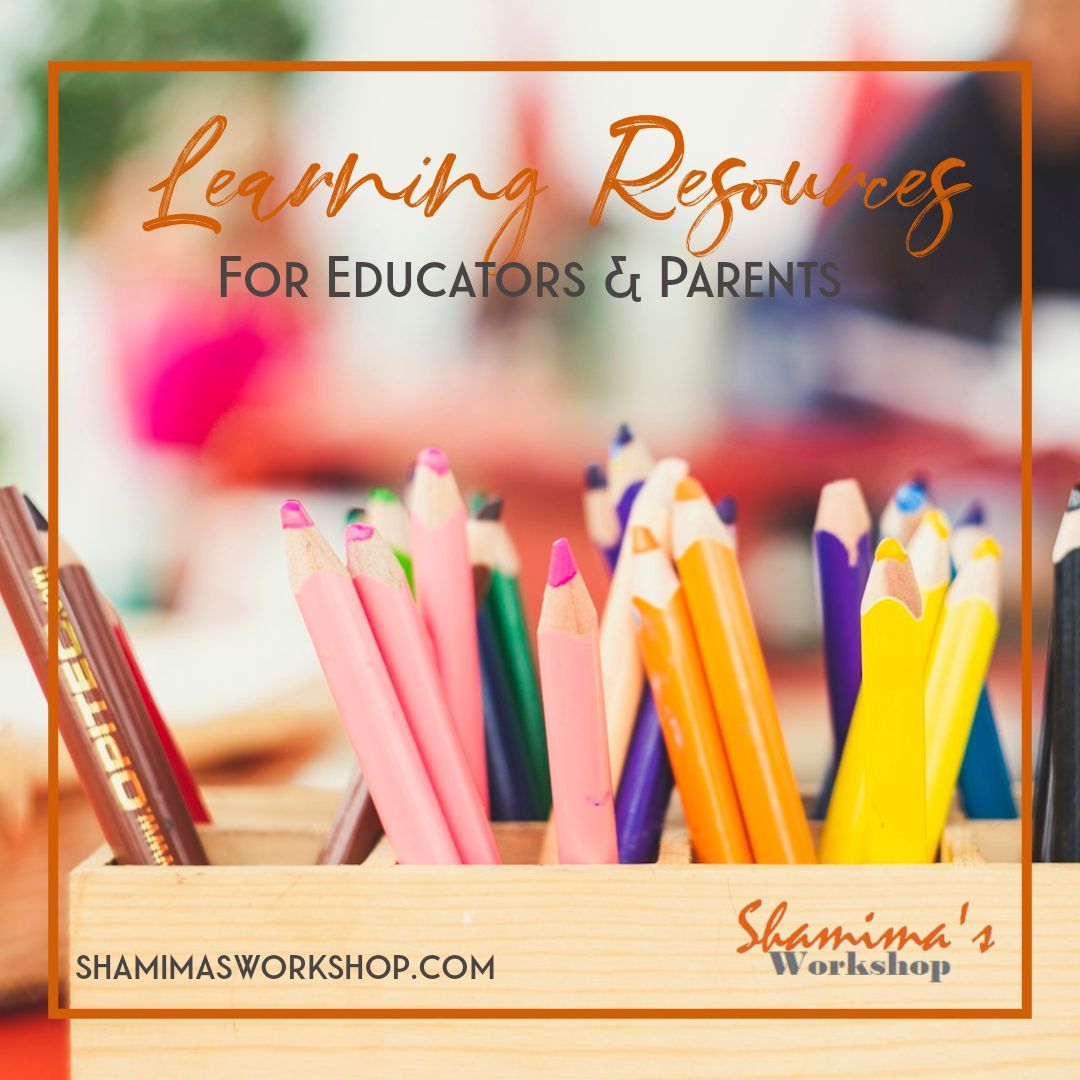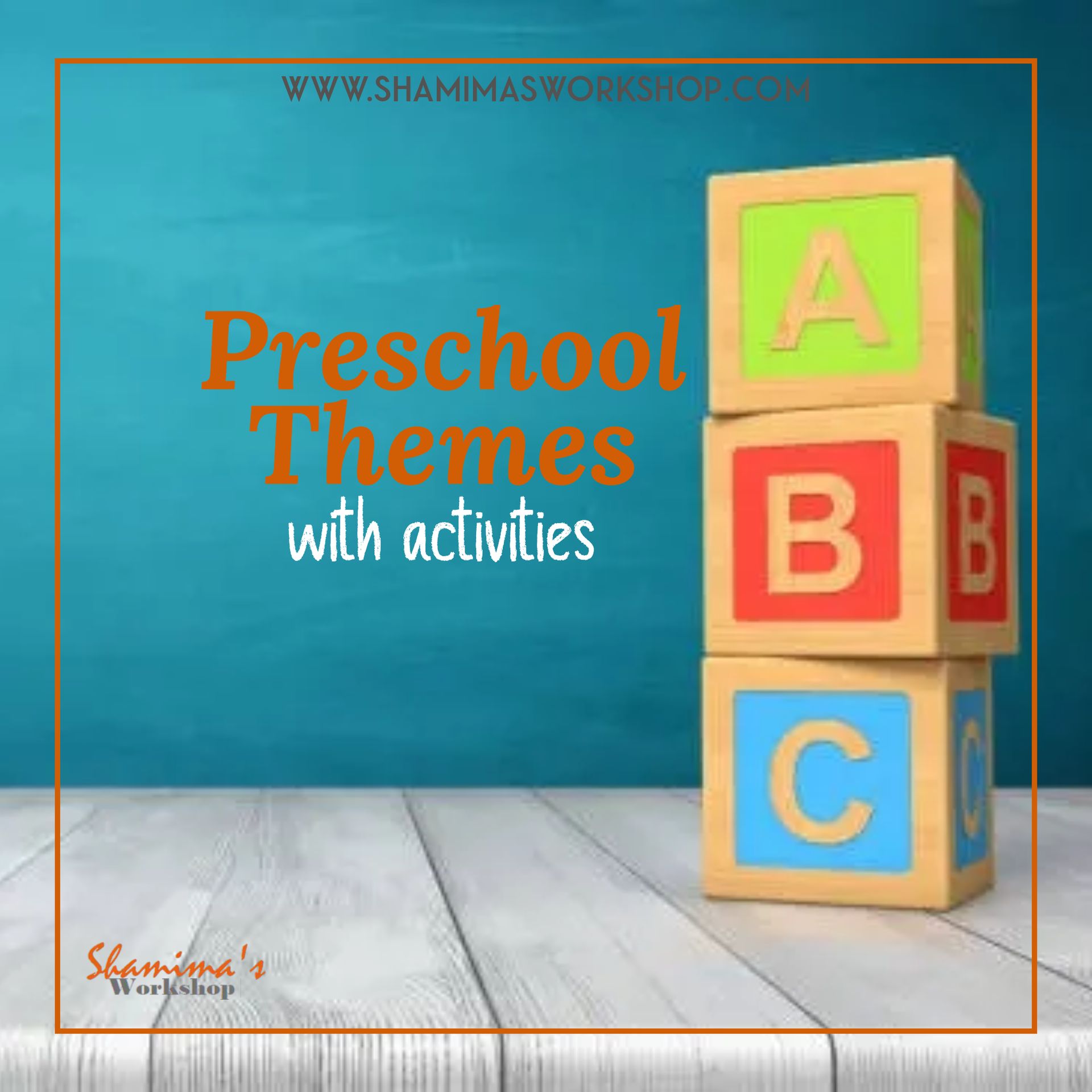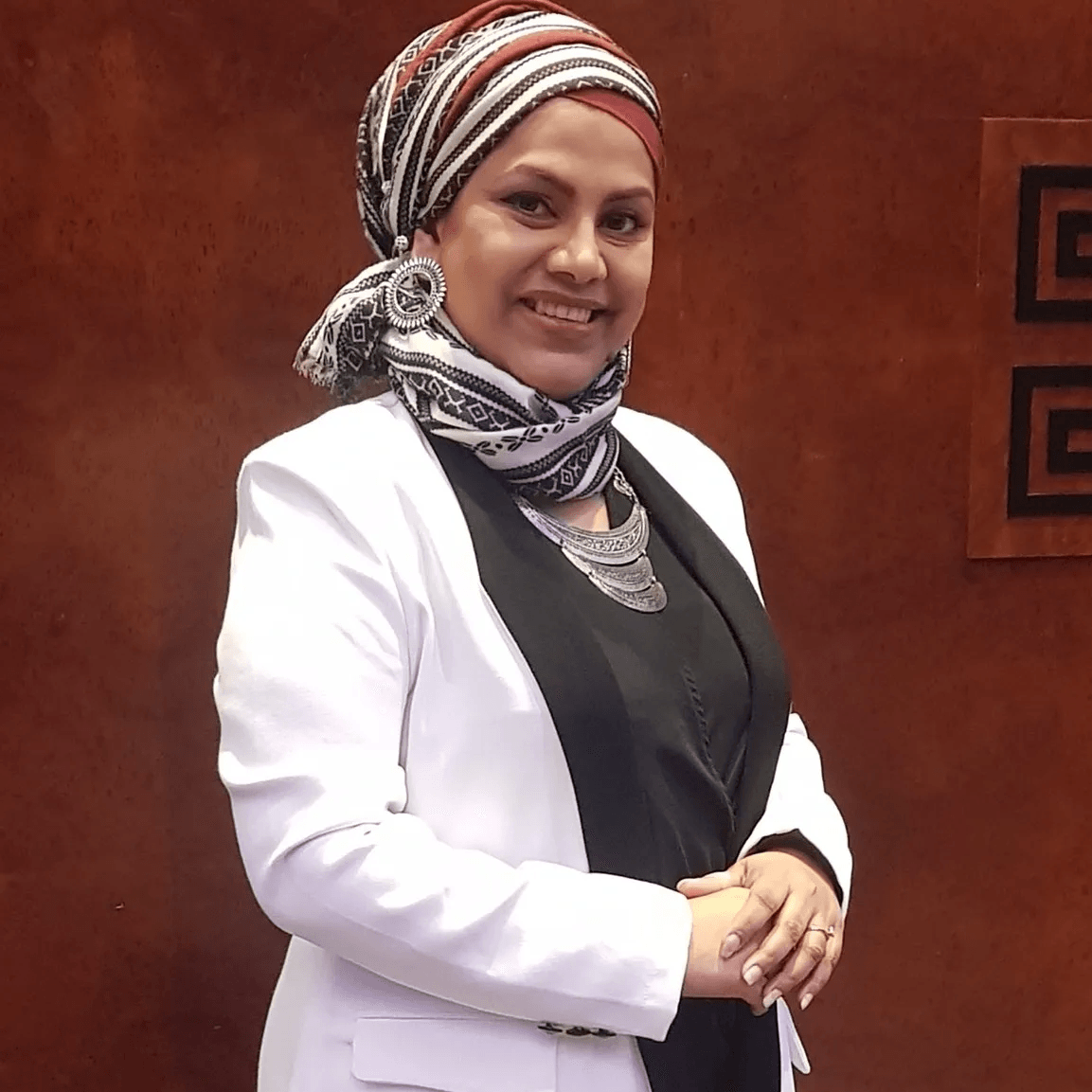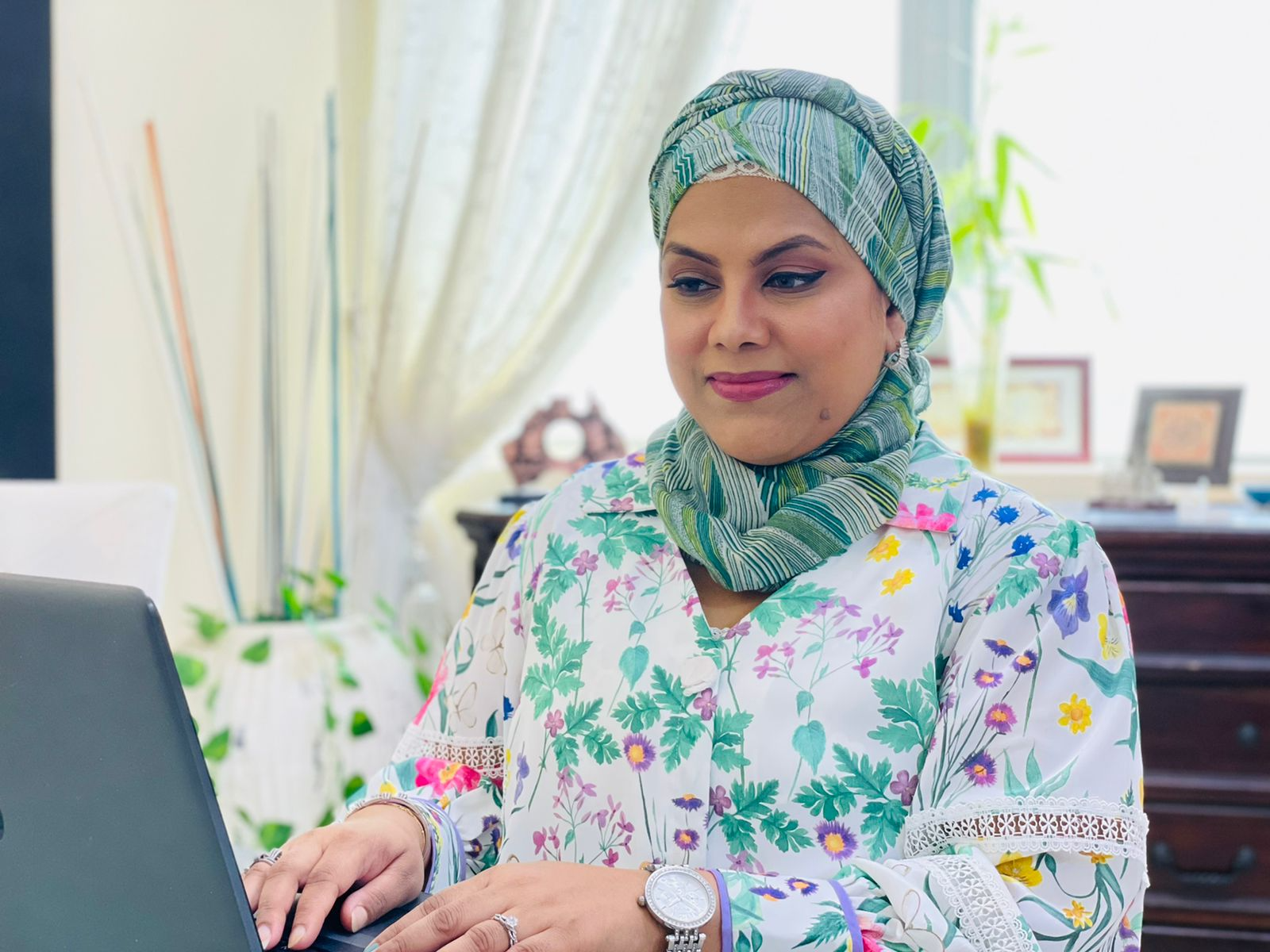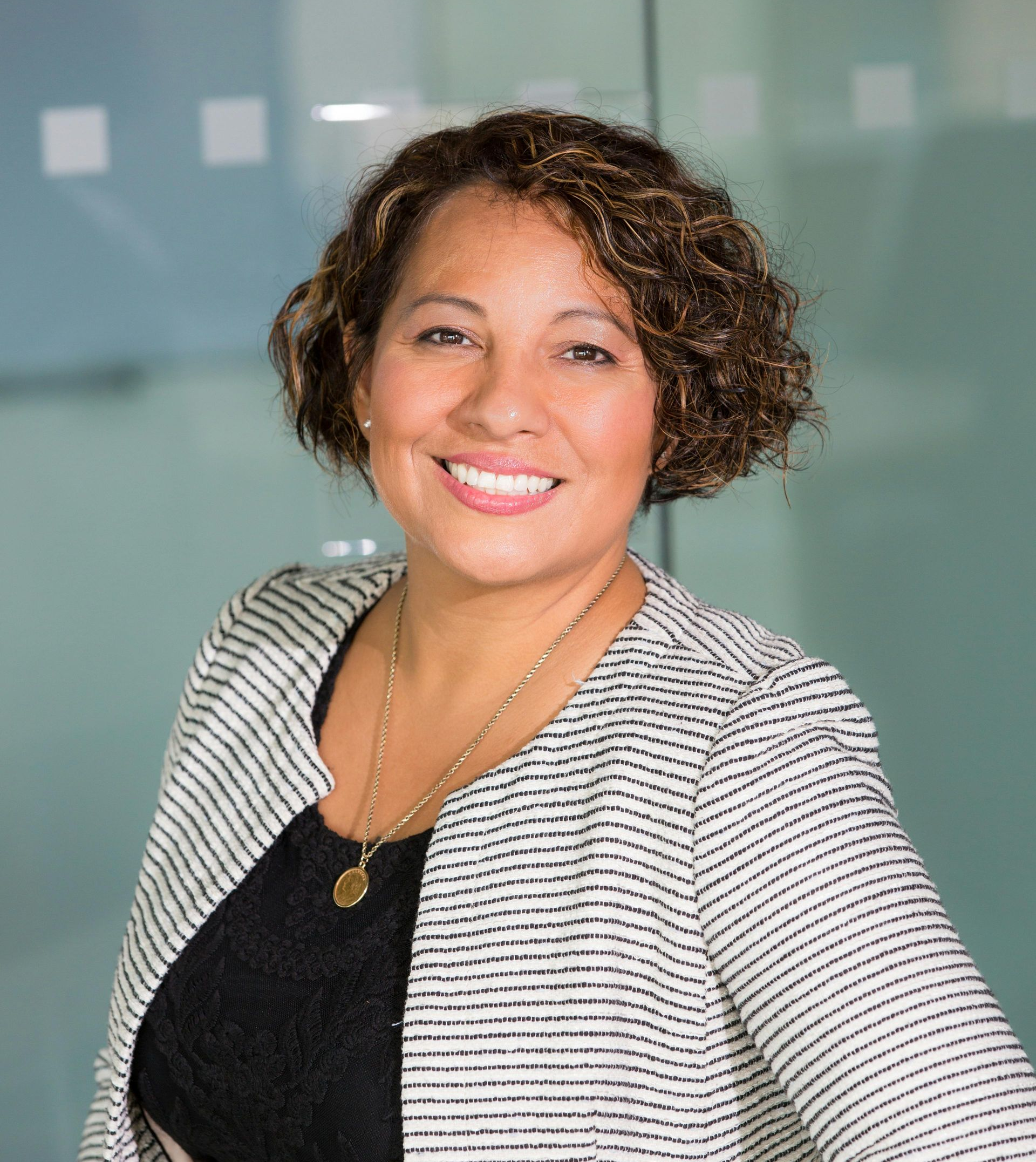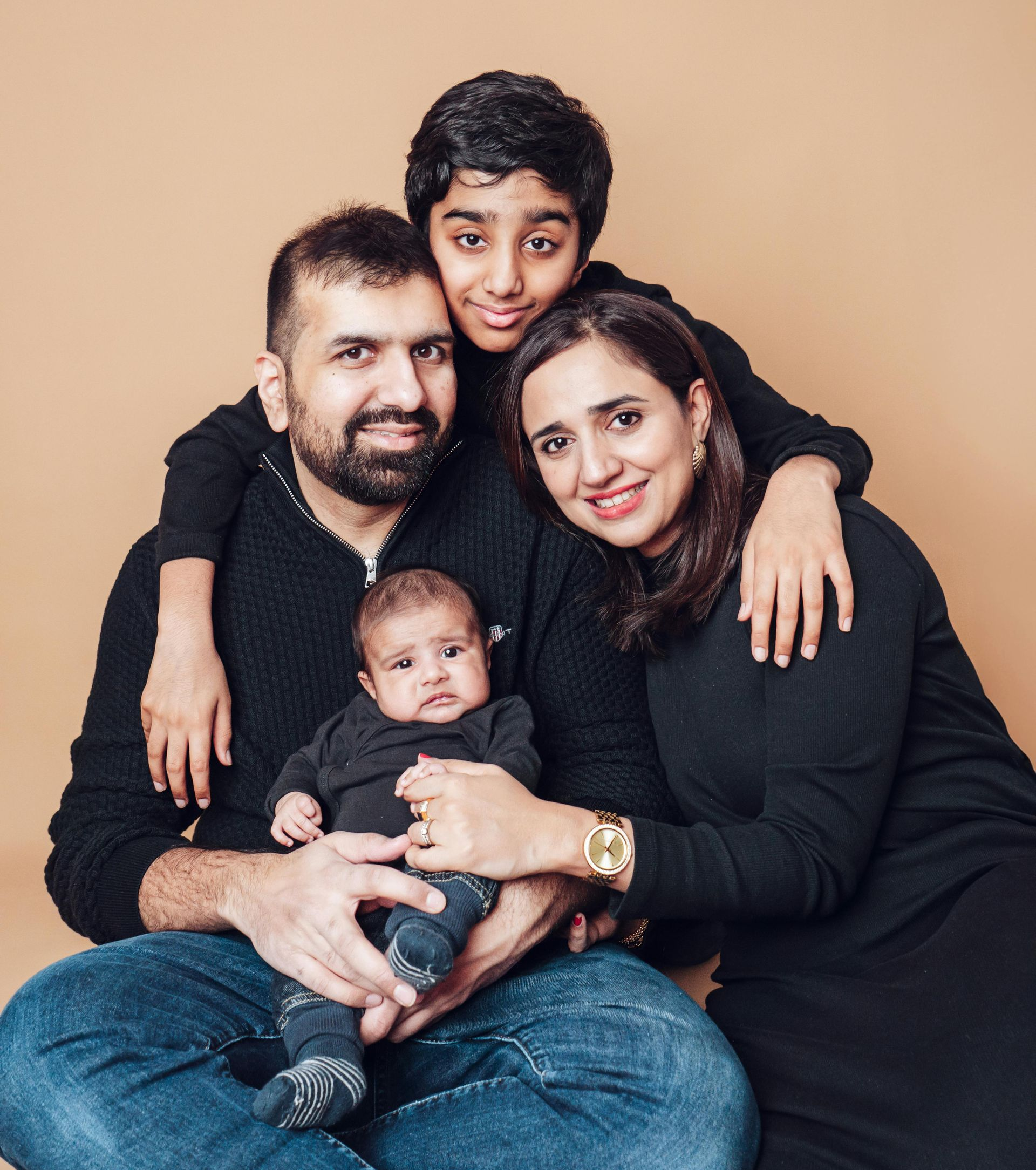Have you ever wondered how it’s possible that an infant tightly grips your finger with tiny, perfectly formed hands? Or marveled at how a preschooler methodically draws a picture? Have you ever seen a baby or a toddler staring at something that they need not seen before?
If you’ve ever wondered
about such things as a parent or early years practitioner, “YES”, you’re asking the same type of questions that scientists within the sphere of child development pose.
What do you mean by Child Development?
Development is the gaining of skills altogether aspects of a child’s life. It's a process that almost every child goes through. This process involves learning and, mastering skills for example sitting, walking, talking, skipping, reading, writing, tying shoes, and many more skills. Children learn these skills during predictable time periods, which is known as developmental milestones. It refers to the sequence of intellectual, physical, language, and emotional changes that occur in a child from birth to the beginning of adulthood. During this process, a child progresses from dependency on their parents/guardians or secondary carer to increase independence.
Child development can be define as"
a progression by which a child changes from birth to the beginning of adulthood by acquiring and refining knowledge, behaviors, and skills. It's a journey from total dependence to full independence."
Child development is strongly influenced by genetic factors where genes passed on them from their parents and events during parental lifestyle. It is also influenced by environments; factors and the child's learning abilities.
Areas of Child Development:
The following table shows some of the main areas of child development:
Cognitive Development:
Cognitive development refers to the growth of perception, memory, imagination, conception, judgment, and reason. It’s the intellectual counterpart of one’s biological adaptation to the environment. It also includes the mental activities of comprehending the information and also the process where a child acquire, organize, remember, and using knowledge. In very simple words this can be the child’s ability to learn the skills of understanding, memorization, concentration, and problem-solving. For examples, a two months old baby learns to explore the environment with hands or eyes; or a five years old child learns to do simple mathematical problems; or seven years old child manage simple calculations without using any concrete objects.
Physical Development:
Physical development plays an important in a child’s lives and learning and it’s the most visible of all the abilities shown in childhood. There are many aspects of physical development that come together like balancing (e.g, walking on a wall); gross motor movement or using a whole limb(e.g, throwing a ball); coordination using more than one skill at once(e.g; running while holding a ball), hand-eye coordination(e.g pouring water into a beaker), fine motor movement(cutting using toy scissor), loco movement(e.g, crawling, running).Physical development follows a set of sequences starting with fairly helpless babies who have only a set of reflexes for survival to their different ages continuing to develop physically and further skills. There are often variations between children and the skills that they develop and it is very important to recognize that.
Social and Emotional Development:
The way a child experience, express a feeling and manage emotions is very important in their life. The ability to establish positive and rewarding relationships with other children or people has a big impact on a child’s adulthood. These all are aspects that are part of social and emotional development. Basically, it’s the way within which a child’s interactions with others and their social relationships grow, change, and remain stable over the course of life. It also includes a child’s identity and self-image, the development of relationships, and feeling about him/herself and learning the talents to measure in a society with other people. For example, six-week cries to have physical needs met or a six-month baby shows fear of strangers and distress at separation from parents or carer, or a four-year-old child taking turns in games at preschool.
Speech, Language and Communication Development:
If we see carefully from six weeks a baby starts to communicate with adults, they cried to express their needs or makes a cooing sound to show pleasure, later slowly the process of learning how to talk mostly in their first year. When we talk about Speech, language, and communication development, it refers to the way within which children start to understand and process language so that they will communicate with others. Children learn through interactions with parents, siblings, caregivers, and educators provide the inspiration for later literacy and learning across all subject areas. Children always get benefits from extensive opportunities to listen to, concentrate, and use complex spoken language and auditory communication. The more often adults use particular words in conversation with young children, the earlier children will use those words in their own speech. For example, a two years old child can follow a simple instruction or request “Could you bring me the spoon?
”Remember communication and language are more than talking, it means that all the different ways a child can understand and communicates, only part of which are spoken words.
Why it’s important to understand child development?
Neurological research shows that the first year plays a key role in children's brain development. The first year of each child's life is the best time that we can make as a society in ensuring their future success.
Each child is exclusive and learns at a different pace. Child Development is very important for early years practitioners to understand, enabling them to search out ways of strategies to improve a child's learning development skills. By knowing the various stage of a child's development, the early year's practitioner could properly able to assess a child whether he/she has learning problems and require any additional help or support.
As children develop from infants to teens to adults they're going through a lot of serious developmental stages. These development stages are important to all or any aspects of their personhood which also include physical, intellectual, emotional, and social aspects. As parents, it is important to be aware of these developmental stages and also their needs, and their uniqueness. They should understand that every child is different, not because of their abilities but each child has their own way of seeing and understanding the world. So they need to offer encouragement, support, and access to activities that enable their child to master key developmental tasks.
The most important thing is if one area of development is a delay then all the other areas of development will be also get affected in a young child and the adult they will become.
"Child development does not mean developing your child into the person you think they should be, but helping them develop into the best person they are meant to be." - Tony Sorenson
